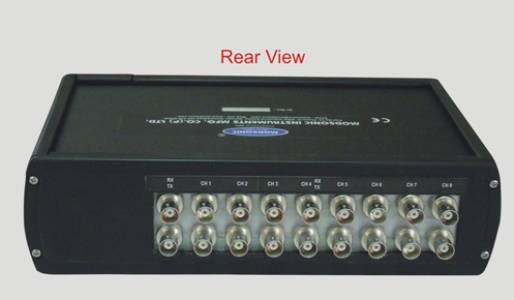
A multiplexer (MUX), also known as a data selector, is a combinational logic circuit that selects one of several input signals and forwards the selected input to a single output line. Think of it as a sophisticated switch that directs traffic based on a control signal. This allows for efficient use of resources and enables complex signal routing within larger systems.
Choosing the correct multiplexer depends on several factors:
A 4:1 multiplexer would have a truth table like this:
| S1 | S0 | I3 | I2 | I1 | I0 | Output |
|---|---|---|---|---|---|---|
| 0 | 0 | X | X | X | I0 | I0 |
| 0 | 1 | X | X | I1 | X | I1 |
| 1 | 0 | X | I2 | X | X | I2 |
| 1 | 1 | I3 | X | X | X | I3 |
Where 'X' denotes a 'don't care' condition (the input value doesn't affect the output).
This detailed description provides a comprehensive understanding of multiplexers, their functionalities, and considerations for selecting the appropriate component for a specific application. Remember to consult datasheets for specific model details.